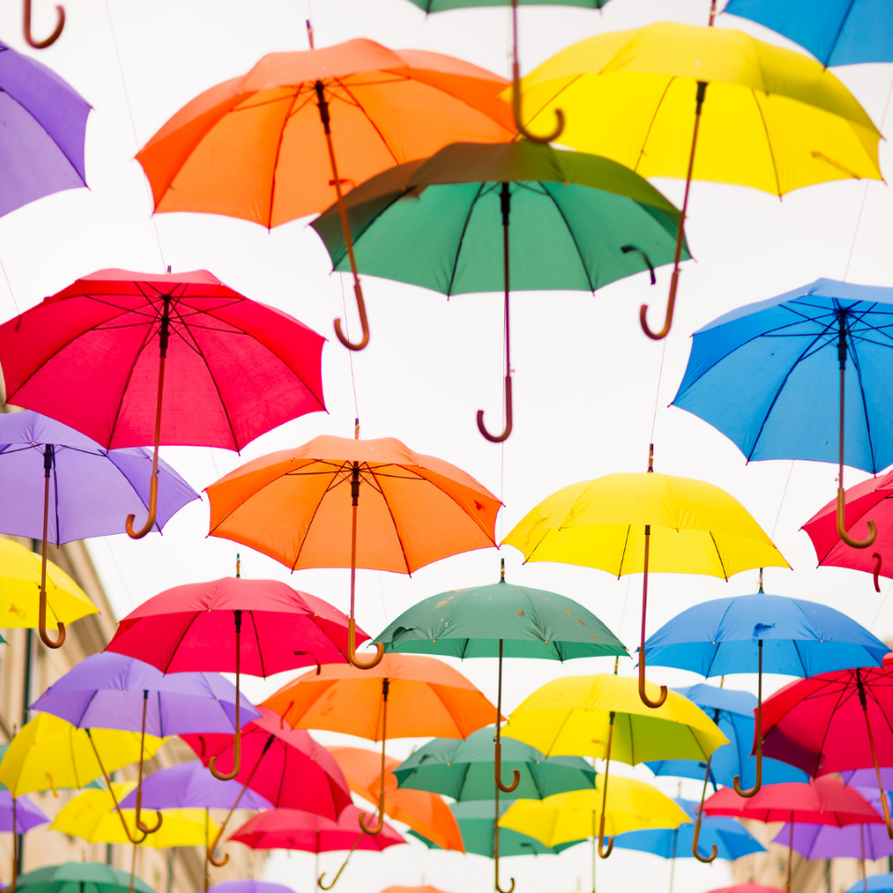
Image caption: the ADHD foundation’s umbrella project celebrates the strengths that come from thinking differently
What comes to mind when you think of an autistic person? How about someone with ADHD? The chances are you had some thoughts going through your head that reflected the stereotypes around people with these conditions. I was the same. I thought that autistic people were mostly men, and nothing like me. They had trouble making eye contact and were obsessed with things like trains. I had no idea what autism actually is and until a close family member was diagnosed, I hadn’t tried to seek out information about what autism is can look like in different people. The same goes for other neurodivergent conditions too. I lived in ignorance of the variation of the human mind. Now I’m always in awe of the diverse ways that we perceive and interact with the world.
The neurodivergent community is incredibly diverse and different people present in different ways. A common phrase heard in autistic spaces is:
‘If you’ve met one autistic person, you’ve met one autistic person.’
Generalising from one experience can give you a warped view of a certain condition, characteristic or identity. This is even more evident when you consider the many different identities that people have. Intersectionality is an important factor to consider when discussing marginalization and intersecting identities. That’s why my reading list is filled with lots of memoirs from neurodivergent people with a myriad of intersecting identities. Reading and listening to different personal accounts of neurodivergence has helped me understand where our shared strengths and challenges are as well as how we differ. Although we all sit under the ‘neurodivergent umbrella’ we’re as diverse as the neurotypical population.
Explore the reading list to hear voices from across the neurodivergent community
